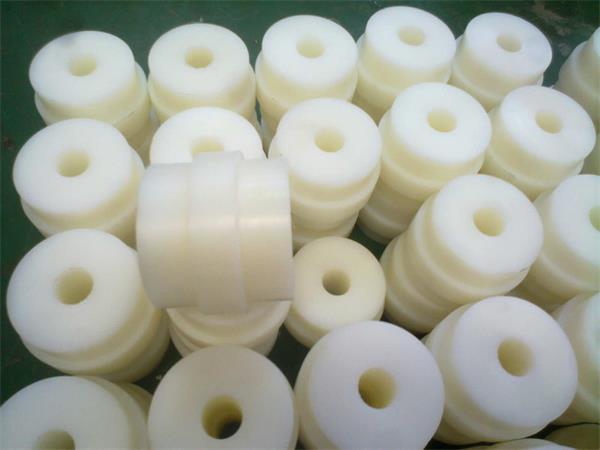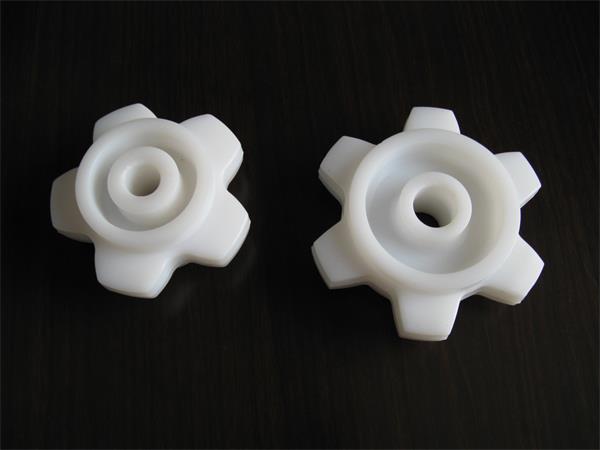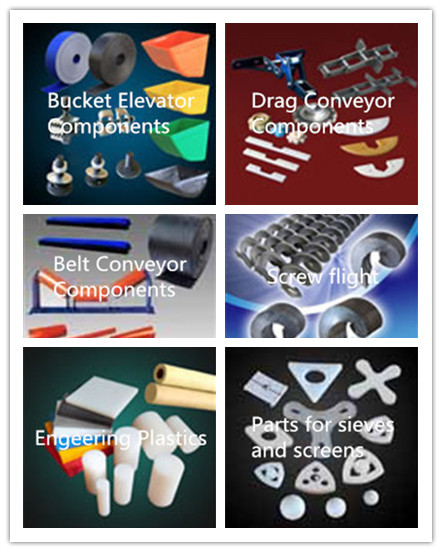
Nylon was developed by the outstanding American scientist Carothers (Carothers) and a scientific research team under his leadership. It was the first synthetic fiber to appear in the world.
The emergence of nylon has given a brand new look to textiles. Its synthesis is a major breakthrough in the synthetic fiber industry and a very important milestone in polymer chemistry.

The main component of nylon is polyamide, and its amide group -NHCO- has polarity, which makes nylon have double-sided water absorption and dehydration. Nylon without water absorption is more brittle and easy to break, and its physical properties will only appear after water absorption. The finished products will become brittle and break when used in a long-term dry and low-temperature environment, and will shorten the service life of nylon. Therefore, it is necessary to know whether the nylon is molded and whether it has been boiled in oil and is isolated from the environment.
Analysis of the reason why nylon parts are boiled in water: The nylon we commonly use is a crystalline thermoplastic material. The nylon material is easy to absorb water and contains a hydrophilic group (acylamino). For crystalline polymers, during the injection molding process, the rapid cooling makes the material unable to crystallize and shape naturally, resulting in strong internal stress inside the material. Nylon materials that have not undergone “tempering” treatment have their insides after being shaped, macromolecules will still tend to move in natural orientation and crystallization, which will further increase the internal stress of the material. Therefore, the nylon parts that have not undergone the boiling process are very brittle, and are easy to collapse or break when subjected to external forces. So, what if the molded nylon macromolecules are allowed to naturally orient and crystallize to eliminate internal stress as much as possible? That is what we are talking about. The boiling process is actually similar to our metal “tempering” process. That is to let the nylon parts soak in a certain water temperature, so that the macromolecules inside tend to the natural orientation as much as possible and achieve the balance of internal crystallization and decrystallization, thereby eliminating its internal stress. The manifestation is that the toughness of nylon parts is greatly enhanced, and the brittleness is basically eliminated. So why boil it in water? That is because nylon contains a hydrophilic group–amido group, which causes nylon to easily absorb water, but after nylon absorbs a certain amount of water, it helps the orientation and crystal movement of its internal macromolecules. The best temperature and time for boiling nylon parts: 90-100°C, 2-3 hours. Below 90 degrees, the effect is not good, more than 3 hours, there will be no better results. In terms of cost performance, the above process conditions are the best.
Yutung Conveyor parts manufacturer
Website: https://www.ytconveyor.com
Email: sales@ytconveyor.com

